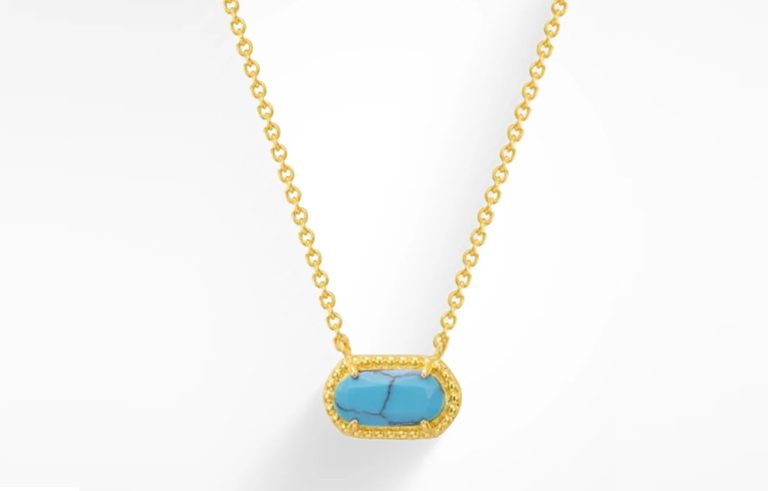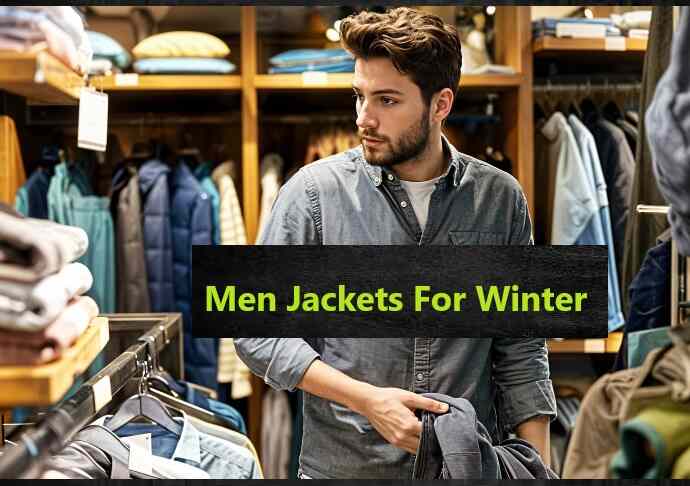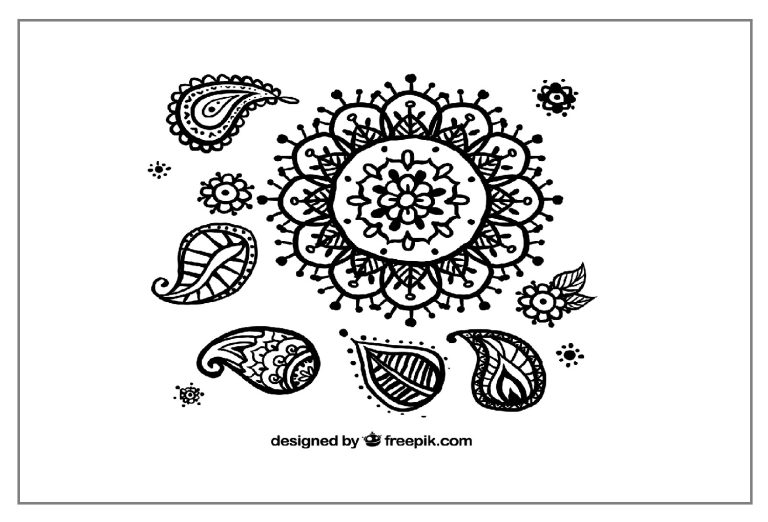
In the climate of conscious consumerism, understanding the ethics behind what we wear has never been more important. Fast fashion and mass manufactured jewelry may offer convenience and affordability, they often come at a significant cost — not just financially, but environmentally and ethically. Are you a person who takes an interest in the narrative of your look? Then, you should learn how to make your dressing and accessories choices comply with the principles of sustainability.
What Is Ethical Jewelry?
Ethical jewelry is jewelry that has been made in a manner that looks after the environment, conflict-free sourcing, as well as ethical labor practices. Starting with the mining of metals and gemstones to the workers who refine them, all points of the supply chain are taken into account.
As an example, the diamonds mined under the Kimberley Process are declared to be conflict-free; still, this system is not perfect. To escape the situation associated with elements of exploitative mining, many consumers resort to lab-grown diamonds or vintage stones.
In addition, the smaller artisan jewelers frequently recycle metals and purchase gems in an ethical manner. These creators do not only solve the problem of waste generation, but also advocate fair labor pay and healthy work environments. The best illustration of the conscious designing based on the culture is Irish and Celtic heritage-inspired engagement rings, which usually incorporate recycled precious materials and ethically mined gems, but retain centuries-old symbolism.
The Impact of Fast Fashion and Jewelry
Fast fashion has an infamous environmental cost, which involves water contamination, unnecessary wastage, and carbon footprint. Most low-grade jewelries tend to have the same cycle e.g. most of them are disposed of in landfills after use in a short time.
Gold, silver, and gemstone mining are also involved in deforestation, poison run off, and child labor in developing countries. The fashion industry is the second-largest polluter globally, and the jewelry sector is tightly interwoven with these issues through shared supply chains.
Selecting ethical and sustainable options is a form of resistance as well as a personal contribution to a healthy condition of the planet and a world of regenerative systems.
How to Shop Smarter?
- Research Brands: Seek honesty as to sources, mode of production and working conditions. Assurance can be given by certifications such as Fairmined, B-Corp and GOTS (fabrics).
- Go Vintage or Handmade: Vintage jewelry and second hand clothing reduce demand for new resources. Local artisans, handmade products also donate to the sustainable livelihood.
- Value Recycled & Natural Materials: favor clothes of organic cotton, hemp or bamboo and jewellery of recycled gold or silver.
- Invest in less, Choose Well: Buy pieces that last and have many possible variations; care for your clothes so they will last longer.
The Role of Consumers
Each purchase makes a vote, not only of something the person wants, but the kind of a world the person wants to live in. When consumers want transparency and accountability, the brands feel that they have to answer this call. You can make a difference by asking the right questions and by giving power to companies that share your ethical values and philosophy as you can play your part in transforming the fashion industry into a more ethical and conscious one.
Final Thoughts
Ethical jewelry and sustainable fashion are more than trends; they’re long-overdue corrections in the industry that cares about profit rather than people and the environment long enough. When you are upgrading your wardrobe or choosing a present to someone special, each decision is important. The pieces that are most beautiful sometimes are the ones that have a story behind them – a story of culture, care and conscience.


